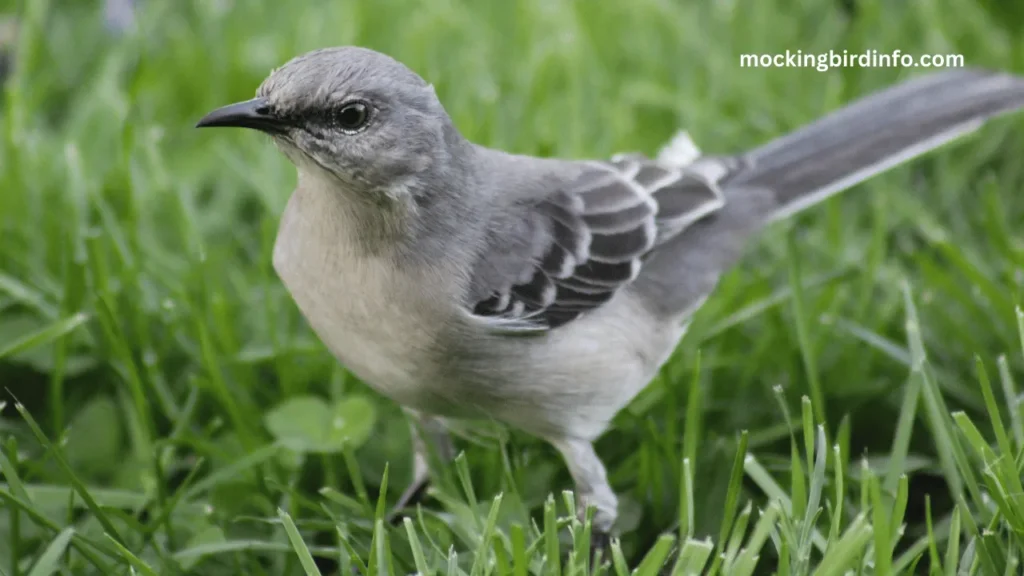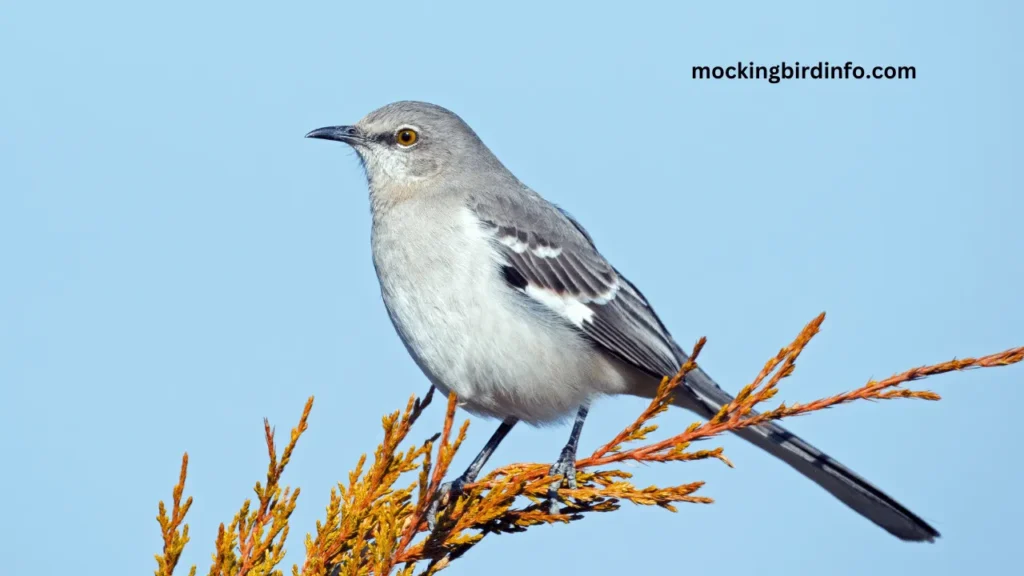At dawn, when the world is quiet, a curious bird starts its concert, weaving together the calls of other birds, the chirp of crickets, and even mechanical noises like car alarms.
This master of mimicry is the Northern Mockingbird, a bird celebrated for its remarkable ability to imitate sounds from its environment.
But what truly sets it apart is its bold personality and adaptability, thriving in diverse settings ranging from busy urban centers to serene rural landscapes.
Knowing which bird is a mockingbird matters because these birds are more than skilled singers—they play an essential role in our ecosystems.
They control insect populations, disperse seeds, and act as nature’s alarm system, warning of potential dangers with their sharp calls. Additionally, their behavior and cultural significance have made them a favorite among birdwatchers and poets alike.
In this article, we’ll dive deep into the world of the mockingbird. You’ll learn about their physical traits, vocal prowess, habitat preferences, and much more.
By the end, you’ll understand why these birds are such an extraordinary part of the natural world and what we can do to protect them.

Contents
Physical Characteristics
The Northern Mockingbird is a sleek and medium-sized songbird, measuring 8 to 11 inches in length with a wingspan of up to 15 inches. Its slender frame and long tail give it a distinct silhouette, making it easy to identify even from a distance.
Its plumage is primarily gray with white underparts and striking black-and-white wing patches that are most noticeable during flight. These bold patterns serve as a visual display, especially during territorial disputes or courtship displays.
Interestingly, male and female mockingbirds are nearly identical in appearance, making it difficult to distinguish between the sexes without close observation of their behavior. Both share the same elegant build and confident demeanor, traits that define this species.
Vocal Abilities
Mockingbirds are most famous for their unmatched ability to mimic sounds. They can replicate the songs of other birds, the chirp of insects, and even non-natural sounds like sirens or ringing phones.
Their mimicry is not random; it’s a sophisticated way of communicating. A single mockingbird can have a repertoire of up to 200 different sounds, which they perform with exceptional accuracy.
These sounds are often repeated three to five times before transitioning to a new tune, creating a mesmerizing medley. This vocal versatility is most prominent in males during the breeding season, when they use their songs to defend their territories and attract mates.
Mockingbirds are also known to sing at night, especially under moonlight, showcasing their ability to adapt their behavior based on environmental cues.

Habitat and Distribution
The Northern Mockingbird is highly adaptable, thriving in various habitats such as urban parks, suburban gardens, forests, and grasslands.
They prefer areas with trees and shrubs, which provide nesting sites, and open spaces, where they forage for food. Their range covers much of North America, from southern Canada through the United States to Mexico.
They are particularly abundant in the southeastern United States but have been expanding their range northward in recent decades. Most mockingbirds are non-migratory, meaning they stay in the same area year-round.
However, populations in the colder northern regions may migrate south during winter, seeking warmer climates and food sources. This flexibility in habitat selection contributes significantly to their survival and widespread presence.
Behavior and Ecology
Mockingbirds are highly territorial, especially during the breeding season, which typically lasts from early spring to late summer. They fiercely defend their nesting areas against intruders, regardless of size, and will chase away larger birds, mammals, or even humans.
Their diet is diverse, consisting of insects, fruits, seeds, and small invertebrates. During the warmer months, mockingbirds focus on consuming insects like beetles and grasshoppers, which are rich in protein.
In colder months, they shift to a fruit-heavy diet, relying on berries from native plants like holly and elderberry.
When it comes to reproduction, mockingbirds are meticulous nest builders. Males often construct multiple nests to impress potential mates. Females choose a nest, lay 3 to 5 eggs, and handle most of the incubation duties. Both parents participate in feeding the chicks and protecting them from predators.
Conservation Status
The Northern Mockingbird is classified as a species of least concern due to its wide distribution and adaptability. However, this doesn’t mean they are free from challenges.
Habitat loss, pesticide use, and climate change pose threats to their populations in certain areas. One significant issue is the decline in native vegetation, which provides essential food and nesting resources.
In urban areas, the use of pesticides reduces insect populations, affecting the birds’ ability to find sufficient food during breeding season.
Efforts to protect mockingbirds focus on promoting bird-friendly practices, such as planting native shrubs, reducing pesticide use, and creating safe environments for nesting.
Citizen science programs, like bird counts and habitat monitoring, also play a crucial role in tracking population trends and identifying areas for conservation.
Conclusion
The Northern Mockingbird is more than just a talented mimic—it’s a vital part of our ecosystems and a symbol of nature’s adaptability and resilience.
With their distinctive appearance, remarkable vocal abilities, and unique behaviors, mockingbirds have earned a special place in the hearts of bird lovers and casual observers alike.
As urbanization continues to reshape natural landscapes, it’s important to understand and protect these birds. By planting native plants, avoiding harmful pesticides, and supporting conservation initiatives, we can ensure that mockingbirds continue to thrive.
So, the next time you hear a symphony of unfamiliar bird songs—or the sound of a car alarm seemingly coming from the trees—take a closer look. You might just be witnessing the incredible skills of a mockingbird, a bird that truly embodies nature’s creativity.
FAQs
1. What does a mockingbird look like?
Mockingbirds are medium-sized birds with a slender gray body, white undersides, and bold black-and-white wing patches visible during flight.
2. Why do mockingbirds mimic other sounds?
Mimicry is used to defend territories, attract mates, and establish dominance within their environment.
3. Where can I find mockingbirds?
Mockingbirds are common in urban, suburban, and rural areas, thriving in habitats with trees, shrubs, and open spaces
4. What do mockingbirds eat?
Their diet includes insects, fruits, berries, and occasionally seeds, varying by season.
5. Are mockingbirds aggressive?
Yes, mockingbirds are highly territorial and will aggressively chase away intruders, even larger animals.
6. How can I attract mockingbirds to my yard?
Plant fruiting shrubs, provide water sources, and avoid pesticides to create a mockingbird-friendly environment.








